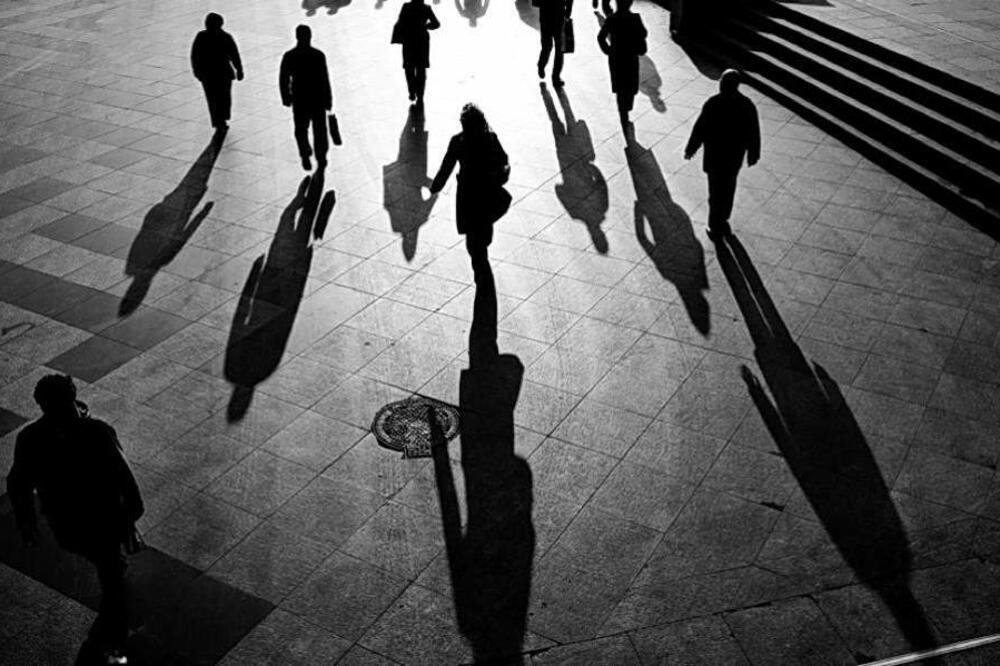I recently watched a documentary film about the extremely interesting work and life of Thomas Hoepker, a world-renowned photographer, and I learned that he is the author of the famous photographs known as "9/11", taken on September 11, 2001. Reminder, this is a photo image. which shows a five-member young hipster crew lounging casually in the pleasant morning sun, while behind them, on the other side of the Hudson River, the apocalyptic scene of New York's Twin Towers burning unfolds live.
Hoepker happened to be in New York on business during those days. When news broke of an airstrike on symbols of American and global corporate power, he immediately tried to make his way to Manhattan, which proved impossible. He only got to the foot of the Brooklyn Bridge and took a series of photographs from there. He claims that while he was frantically snapping away with his camera, trying to capture the flames of the World Trade Center buildings as best as possible, he did not pay attention to the aforementioned group of young men and women. They happened to be in his frame.
"That something" in the photo "9/11" will be recognized by one of the editors of one of the books of Hoepker's works only after some time. The discussion that started then has not ended to this day, because the photograph has unanimously acquired the status of a controversial work. The connecting thread of her countless interpretations can be diagnosed as a representation of contemporary social pathology, a difficult-to-understand lack of interest and unbearable indifference that simply oozes from that picture. About the testimony of incomprehensible casualness in the conditions of something which, due to the importance of the Event, has no right to be casual.
But today, after more than twenty years have passed, the photograph in question is not only better understood but also easier to accept. Now it is clear that it is not just one of the symbols-reminders of the greatest contemporary American tragedy - which will cause far-reaching consequences for the whole world - but it is a work that to a good extent foreshadowed the coming zeitgeist of the 21st century.
In the meantime, didn't the general agitation and all kinds of moralizing outrage over the scene of spontaneous disinterest in something you "must be worried about" turn out to be more miserable and pointless than everything that was reproached and complained about to the unknown and anonymous actors of that picture? Hasn't the pose of the young people from Hoepker's photo from 2001 become commonplace today, a hint and anticipation of the world in 2024?
Haven't we all - placed in the mise-en-scène of either the horrors of genocide in Gaza or the melting of the glaciers in Antarctica, tragedies with which the scene of burning and collapsing Gemini is only symbolically comparable - have meanwhile become collective actors that can be comfortably and without exception recognized in the frame of Hoepker's painting? Looking at a photo of "9/11" in the year 2024, we are actually looking at ourselves in the past of our future.
Bonus video:




